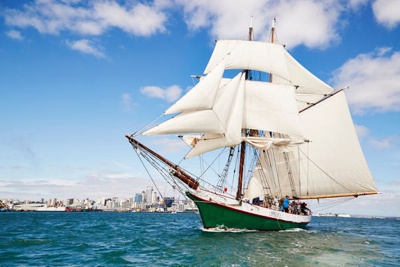Mandy Herrick, Resource and Content Developer, National Services Te Paerangi
In an effort to fill empty evenings on the high seas, whalers took to producing etched art or scrimshaw – a craft that was borne out of an abundance of material and ample idle time.
Unlike fishing, whaling was considered to be particularly dangerous, so they only worked during the day. To help while away the time they created a distraction therapy from the offcuts around them - etching sweethearts, stormy scenes or exotic sights into the whale bone that surrounded them.
Originally this craft developed from the practise of sailors creating common tools from the byproducts at hand from bones to teeth, though it developed into a established craft from the early 1800s. Initially sailors and whalers improvised with candle black, soot or tobacco juice to create a substitute ink, though in the latter years sailors brought ink onboard specifically to create scrimshaw.
Fakeshaw or scrimshaw?
Although steeped in sentimental value, early scrimshaw wasn’t highly valued, but as the years passed, this hobby craft became symbolic of life at sea. It became a popular item to collect, sell, trade or gift. Collectors' demand for scrimshaw exceeded supply by the 1960s and with the decline of whaling operations this hobby craft came to an abrupt end. To satisfy demand, fakes and copies of scrimshaws flooded the market. Sometimes this ‘fakeshaw’ has ended up in museum collections, so staff conduct chemical tests to ensure its authenticity.
-

-

-

Item | Taonga
Scrimshaw: Sperm whale tooth: inscribed "Return to Me"
New Zealand Maritime Museum Hui Te Ananui a Tangaroa
Did you know there are over 100 examples of scrimshaw on the site, discover more here.
Featured organisations
-

Whare taonga | Organisation
Puke Ariki
-

Whare taonga | Organisation
New Zealand Maritime Museum Hui Te Ananui a Tangaroa
-

Whare Taonga | Organisation
Edwin Fox Maritime Museum
-

Whare taonga | Organisation
Museum of New Zealand Te Papa Tongarewa



